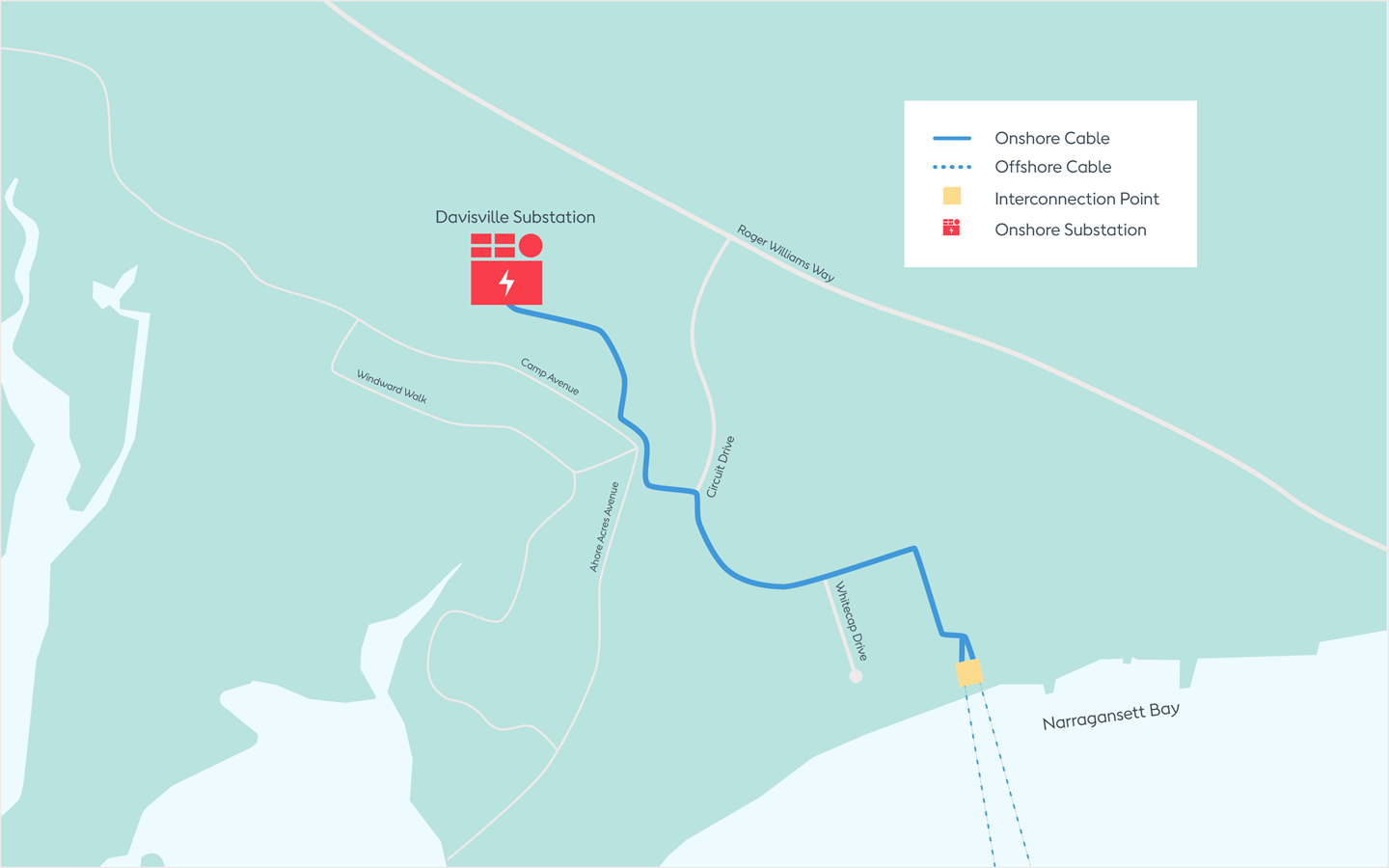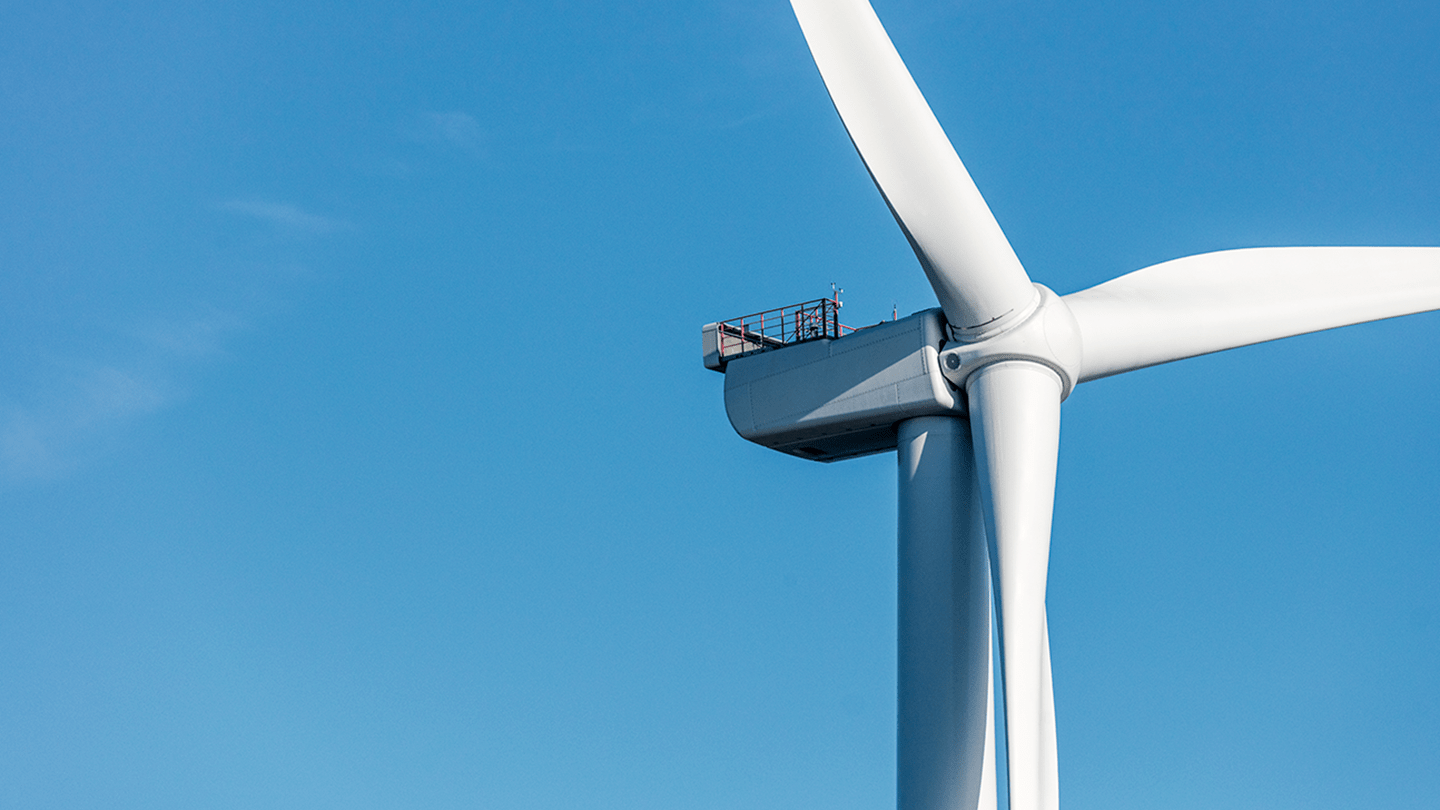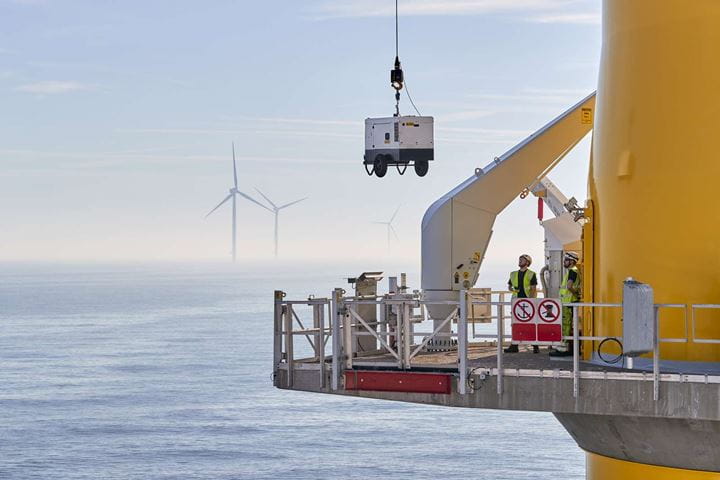Revolution Wind is America's first multi-state offshore wind project. As the project developer and owner, Ørsted aims to be transparent with residents, businesses, and other stakeholders about construction developments.
On this page, you will find our full construction timeline, maps of construction routes and areas undergoing work, and frequently asked questions. This page will be updated as construction progresses. For the latest information, please see the public notice and updated sections below.
Construction Updates
-
2025
-
2024
-
2023

Onshore cable route
Construction information
-
What is your timeline for completing the project?
-
How does offshore wind energy get to the electrical grid?
-
How did you choose the cable route? Why not take a different route?
-
Will cable installation disrupt shoreline access?
-
Will I see the wind turbines from the shore?
-
If I live along the route, will I have road and driveway access during construction?
-
Will Ørsted repair damage resulting from onshore construction activities?
-
Is there any oversight? Who ensures that Ørsted does what it says?
Documents and other resources
Want to know more about Revolution Wind? Access our scoping presentations, permitting applications, town hall transcripts, regulatory documents, and more. You can also read our project fact sheets.
-
Field activities
-
Fact sheets
-
Open houses
-
Public notices
-
For Mariners
-
For Tribal Nations





